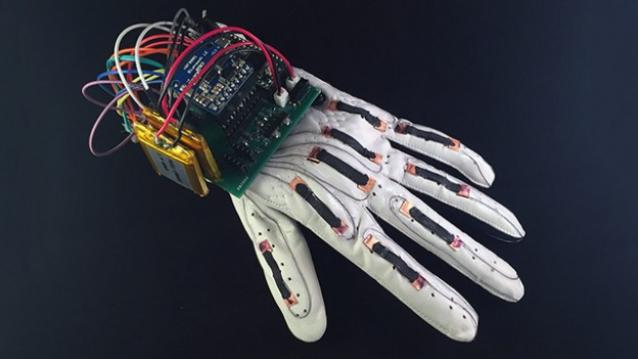
The device, called "The Language Of Glove", was developed for less than $ 100, using expandable, inexpensive, commercially available, easy-to-assemble electronics. Timothy O'Connor, a Ph.D. student at the University of California, San Diego, said: "Identifying gestures is just one example of these glove capabilities."
O'Connor said:
Our ultimate goal is to make this smart glove that in the future will allow people to use their hands in virtual reality, which is much more intuitive than using the joystick and other existing control modules. "
He added:
This can be better for games and entertainment, but more importantly for virtual training procedures in medicine, for example, where it would be useful to actually simulate the use of hands.
Gloves are unique as they have sensors made of expandable, inexpensive and simple materials.
Darin Lippomi, a professor at the University of California, San Diego, said:
We have devised a low cost and simplified design for wearable smart devices using ready-made components.
Lippomi, lead author of the study published in PLOS ONE, added:
Our work enables other researchers to develop similar techniques without the need for expensive materials or complex manufacturing methods.
The team built the device using a leather glove, plus nine extensible sensors in the joints, two on each finger, and another on the thumb.
The glove can wirelessly translate all 26 letters from the US sign language alphabet into an integrated and consistent text.

















0 comments:
Post a Comment